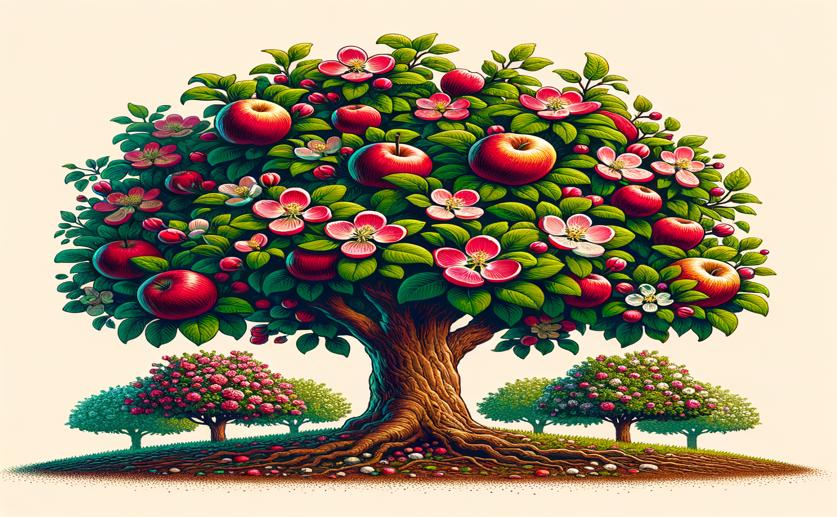
Nutrient Competition in Apple Blossoms Prevents Fire Blight Infection
Jenn Hoskins
21st July, 2024

Image Source: Natural Science News, 2024
Key Findings
- The study focused on apple flowers at different stages to understand microbial interactions affecting fire blight disease
- E. amylovora uses a carbohydrate called arabinogalactan, secreted by flowers, to colonize apple flowers early
- Pantoea agglomerans competes more effectively for arabinogalactan and suppresses E. amylovora's virulence by using arabinose
AgricultureBiochemPlant Science
References
Main Study
1) Competition for nutrient niches within the apple blossom microbiota antagonizes the initiation of fire blight infection.
Published 19th July, 2024
https://doi.org/10.1111/nph.19971
Related Studies
2) Effectiveness of Kasugamycin Against Erwinia amylovora and its Potential Use for Managing Fire Blight of Pear.
3) Temporal and spatial dynamics in the apple flower microbiome in the presence of the phytopathogen Erwinia amylovora.
4) Pollen-stigma interactions: Identification and characterization of surface components with recognition potential.
Journal: Proceedings of the National Academy of Sciences of the United States of America, Issue: Vol 76, Issue 7, Jul 1979
5) Threats to global food security from emerging fungal and oomycete crop pathogens.



 19th July, 2024 | Jenn Hoskins
19th July, 2024 | Jenn Hoskins